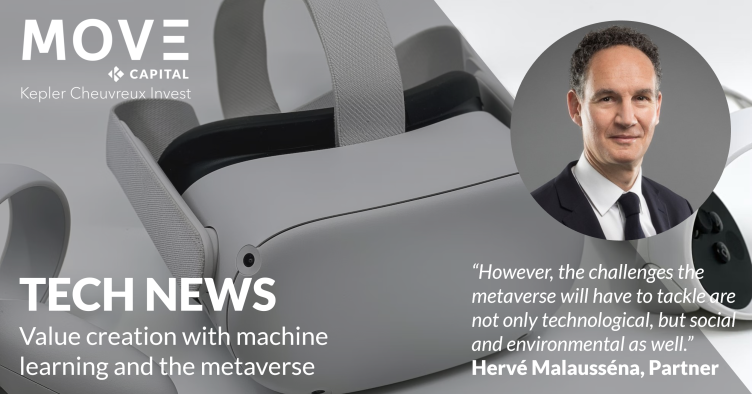Topic #1: How can companies use machine learning to create value?
Machine learning (ML), an increasingly potent technology to drive automation as businesses try to update and improve operations, is becoming more and more popular. In contrast to basic rule-based automation, which is often used for standardized, predictable procedures, machine learning (ML) can manage more complicated processes and improve accuracy and efficiency over time.
Here is how:
Leveraging existing skills and having different teams work across an entire process rather than in silos is the first step. Because different teams working on unrelated projects will find it difficult to go beyond proof of concept when it comes down to implementation.
The second step is to carefully map out the methodology and development process, as well as making sure you possess the right capabilities. This is necessary to build coherent machine learning models. There are three ways to do that, build fully customized models in-house, investing a lot of time and money in bespoke solutions that will meet their requirements; utilize platform-based solutions by using low- and no-code approaches; or buy point solutions for particular use cases, which is quicker and easier but comes with trade-offs.
Then, it is important to focus on the learning aspect of machine learning by effectively training the newly built models. The key in training machine learning model is data quality, meaning that models must be trained on proven functions and products, that are already benefiting users.
Lastly, it is about durability and efficiency. That is why standardization is important, companies can implement best practices such as MLOps – which is DevOps applied to machine learning and artificial intelligence.
In short, to leverage ML to create value, companies must leverage existing skills, map out a clear machine learning model-building process, train those models with high quality data, and implement best practices to keep it structured.
Topic #2: What would value creation look like in the metaverse?
While the word “metaverse” is getting more common these days, it is important to understand that what is means is not defined yet. Yet, the real-life benefits it could yield are not unknown. The omnichannel consumer experience, omnichannel sales and marketing, product innovation, and community development are just a few examples of what the metaverse could impact positively and help companies create value.
According to an estimate made by McKinsey, the value of the metaverse could equal $5 Tn in 2030 (while it represents c. $200 Bn as of 2022). This steep growth in the value of the metaverse could be explained by the fact that the technology required to realize its full potential is simply not created yet. Massive number of users able to connect at the same time on the same platform, low delays and highly efficient network infrastructure, and AR/VR optimization are just a few of the technological hurdles the metaverse will have to pass.
Those hurdles are known, and we can see by the growing funding (c. +80% p.a. wince 2020) made up mostly of M&A investments that even mainstream companies like Disney or Balenciaga are looking at the future role the metaverse could have in value creation for companies. The Public sector is also picking up the slack and slowly scaling in the metaverse, with metropolis like Seoul having a “Metaverse Seoul Basic Plan”.
On the consumer side, the attraction generated by the metaverse is also getting bigger, with most people preferring a mix of virtual and physical activities to solely physical activities in their everyday life.
However, the challenges the metaverse will have to tackle are not only technological, but social and environmental as well, and companies, users, and policy makers are all well aware of this and need to start taking action.

